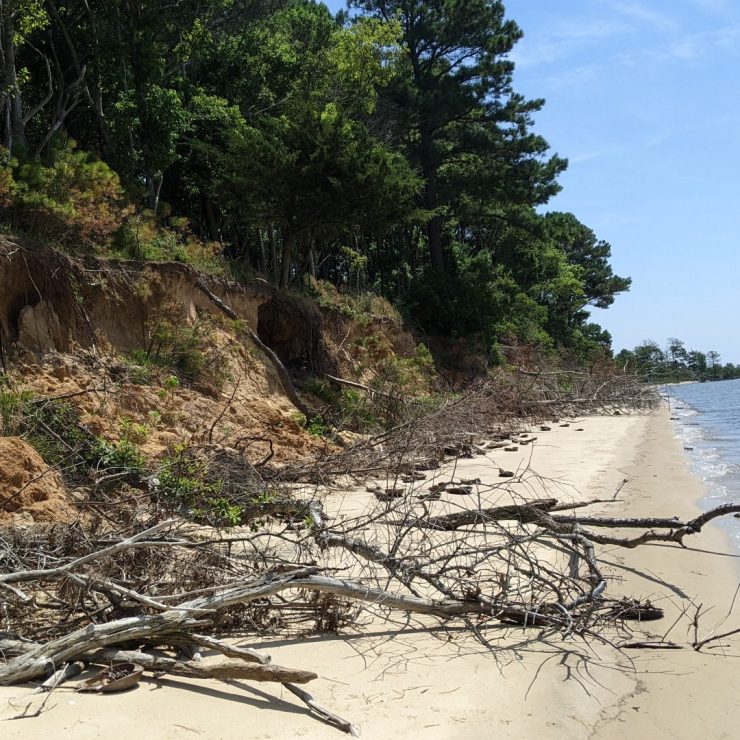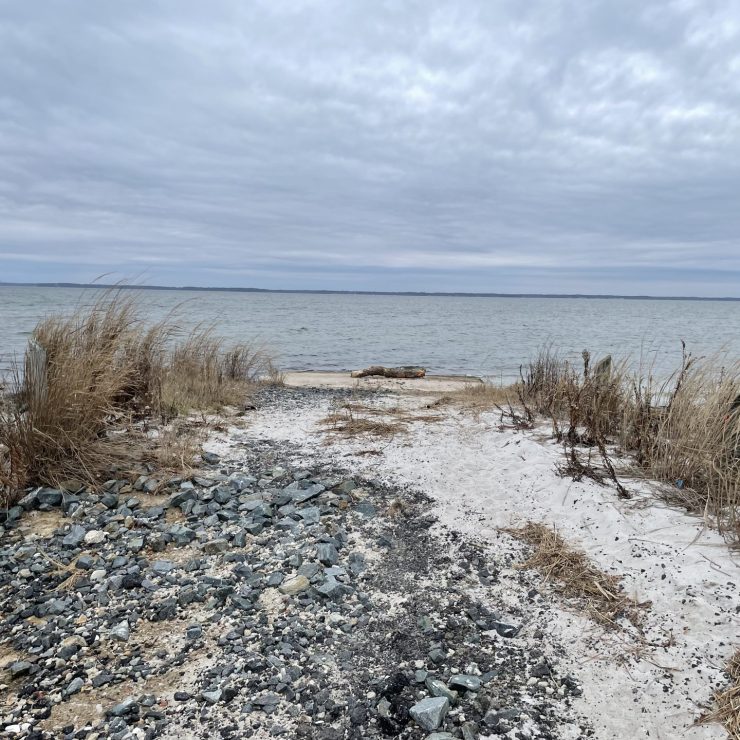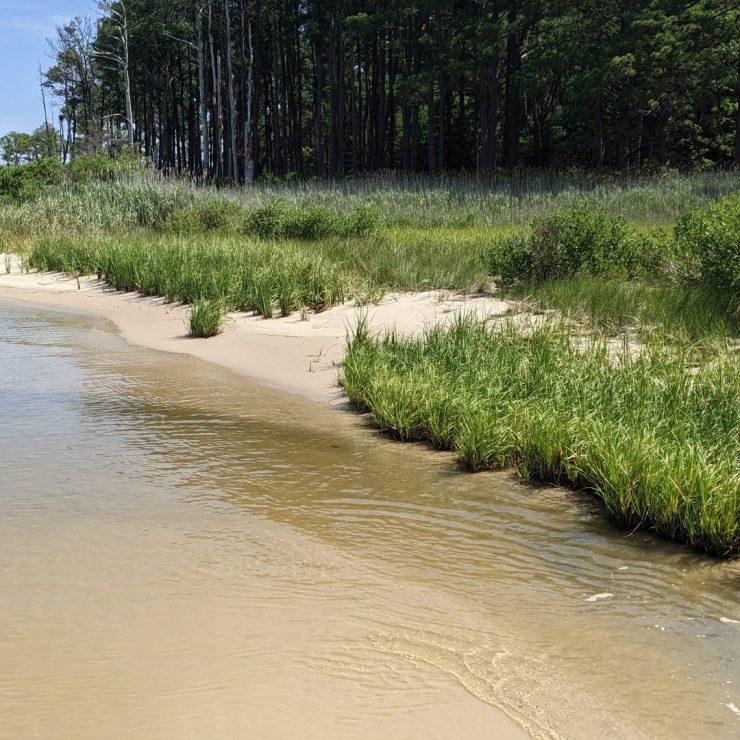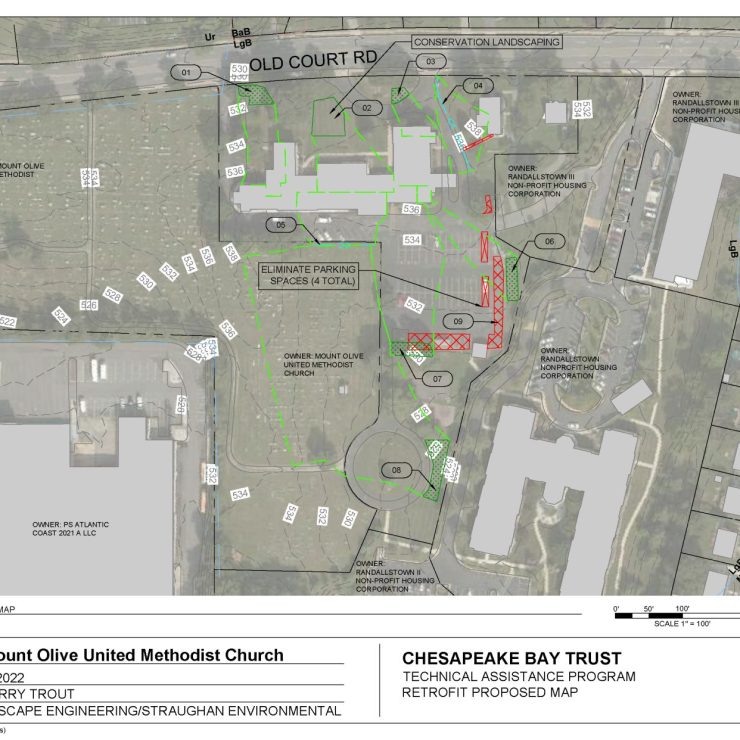Our Approach
Thompson Island (TI) is an island in Rehoboth Bay, Delaware comprised of 4,400 linear feet of unarmored shoreline along its western, southern, and eastern shorelines. Thompson Island is located on state-owned property in Sussex County, Delaware on the north end of Rehoboth Bay (Bay), a bar-built inlet estuary. Thompson Island is designated as a nature preserve, the highest level of land protection in Delaware, and is protected by the Department of Natural Resources and Environmental Control (DNREC) Division of Parks and Recreation. Straughan, under contract with Sovereign Consulting, Inc., assessed the area to inform the shoreline stabilization design and is currently preparing design plans, specifications and construction cost estimates for the Delaware Center for Inland Bays (CIB). The primary goals for the project are:
- Protection of significant archeologic resources located on the island;
- Reduction of public access by water to the island for the purposes of protecting the above noted resources;
- Long-term, resilient, nature-based stabilization for the shoreline;
- Protection of an existing State S1.1 plant (to date, only a single extant occurrence or population of this species is known to exist in the state);
- Enhancement of shoreline and nearshore habitat and associated ecological functions; and
- Water quality benefits.
Thus far, Straughan has provided data collection, desktop shoreline assessments, field data collection, data analysis and development of concept through 60% design solutions for shoreline stabilization, including cost estimates and specifications. Field data collection included aerial photography using drone. As an accepted Total Maximum Daily Load (TMDL) implementation strategy for both nutrient and sediment load reduction, State and local jurisdictions are increasingly turning to nature-based shorelines as a stabilization technique along tidal waters. Nature-based shorelines projects protect shorelines from erosion while maintaining natural shorelines processes that increase water quality and sustain living resources. Based on the varying degrees of energy encountered at each of the shorelines, Straughan is using low-, medium- and high-energy tactics at each of the shorelines. Low-energy tactics in the form of a shell bag sill/toe marsh protection are proposed along the western shoreline where encountered energy is primarily a result of vessel wake from the canal. Medium-energy tactics in the form of a nearshore array of concrete oyster castles are proposed along the eastern shoreline where the primary cause of erosion is from waves occurring during normal tidal conditions and low to moderate storm events. High energy tactics, in the form of a nearshore array of 3.5 to 5 ft high prefabricated concrete artificial reefs are proposed along the southern shoreline where the erosion from waves is highest and the bluff requires protection. They will be deployed in a manner that will interact and dampen the larger wave vectors. These structures will also provide a secondary benefit of accreting particulates being carried in the water column. Structure heights are proposed to address projected future sea level rise to 2050.










